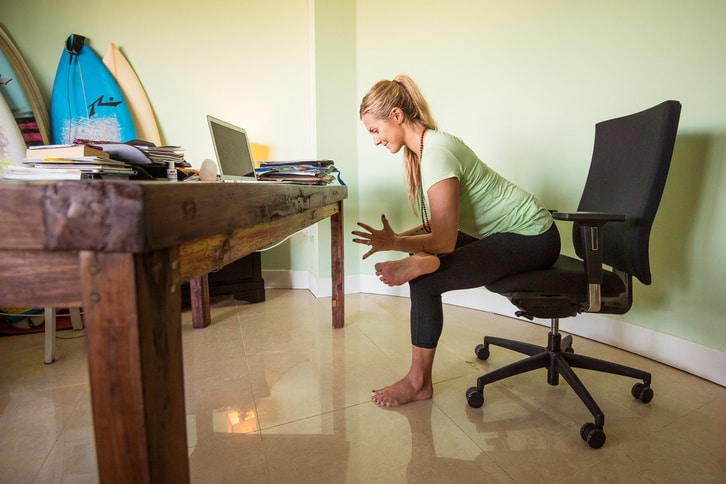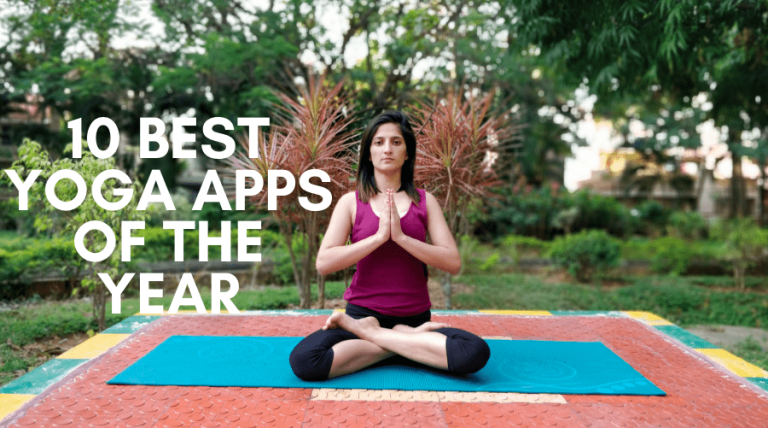
The three main centers of our energy are described in a chakra definition. They are the manipura, Sahasrara, and Vajra. Each of these centers has a different purpose and focuses our energy. To understand the impact they have on our lives, learn more about them. Then, learn how to connect with them to achieve greater balance.
Anahata
The Anahata chakra, located in the chest, is associated with the colour light blue. This colour represents the sky and the element associated with this chakra is Air. Anahata is responsible to determine the right actions for growth or expansion. This chakra is also connected to spirituality. A corresponding mantra is YAM.
The Anahata is connected to our hearts and associated with compassion and empathy. It represents our inner child. When we feel compassion and kindness, we can accept and forgive ourselves. You can open your heart chakra by using aromatherapy and yoga poses.
Manipura
According to Vedic tradition the Manipura (third primary chakra) is also known. Wikipedia has an article that provides some information on the Manipura. It is considered the center of the spiritual life. You can open your mind to this energy center by having a meditation session. Manipura energy is powerful and can be used to bring peace to your life and to enjoy it to its fullest.

The navel area is where you will find the Manipura chakra. It is sometimes called "the city of jewels". This area is said to be an energy source. This chakra connects to the mandala.
Sahasrara
Sahasrara also known as "the crown chakra" and considered the seventh primary chakra in some yoga traditions, the Sahasrara. Its vital role is in the body's energy flow. It controls many aspects in the body, including digestion as well as the ability to regulate moods. It helps prevent stress, anxiety, depression, and other disorders.
The Sahasrara is located four finger widths above the crown of the head. It is the terminus of the Sushumna nadi (the central energy channel that flows through the entire body). It is also believed to be the point of spiritual growth. People can experience deep peace and serenity.
Vajra
Vajra, or the vajra chakra, has many meanings in English, including diamond and thunderbolt. Vajra was originally a ritual object. It is now associated with spirituality, power and spirituality. It is a tool that can be used in Buddhist and Hindu traditions to cultivate the mind through meditation and slower paces.
Vajra is itself derived from Sanskrit, which means thunderbolt and diamond. Dorje is the Tibetan term for vajra. It is a ritual object Tibetans use to perform religious ceremonies. Vajra is a symbol associated with Buddhist tradition and the Vajrayana Buddhist school of Buddhism. It is also an emblem of the Vajrayana lineage, which means the Thunderbolt Way and the Diamond Way, and has various symbolic meanings and properties.

Svadhisthana
The Svadhisthana Chakra is the second primary chakra within Hindu Tantrarism. It is often blocked by fear or death. However, when it is open, it allows us more creativity and the ability to manifest what we want. You can manifest your desire and confidence by opening this chakra.
This chakra is found near the coccyx, and is two fingers wider than the Muladhara. It is associated in some way with Siva (Navatman), the supreme principle. It is also associated with the astral and the sky.
FAQ
What are some of the benefits of yoga to beginners?
Yoga can improve your posture and flexibility as well as strength, flexibility, breathing control, relaxation, mental clarity, breath control, and muscle strength. Yoga helps you to be more aware yourself, others, the world, and everything around you.
Yoga teaches you to live fully. You learn to listen to your body and mind. Accept yourself for who you are. You learn to accept yourself as you are.
It is possible to relax and enjoy your life.
Can I do yoga every day as a beginner?
Yoga is an excellent way to strengthen and stretch your body. It helps you relax as well as release stress. Yoga doesn't require you to be an expert. It is recommended that beginners practice yoga at least 20 minutes each day.
This is enough time to get started. After that, you can gradually increase the time you spend practicing.
What is the average time it takes to become a pro at yoga?
It depends on what kind of yoga you're doing. Some styles are more efficient than others. Even if you are just starting, you can still expect to improve.
The more you practice, the better you'll become. In just a few weeks, you'll start to notice the improvements.
What do I need to start practicing yoga?
For lying down, you'll need a mattress (some of them foldable), some loose clothes, and a towel or blanket.
You may also need props like blocks, straps or bolsters, blankets, towels, or blankets for specific poses.
In general, however you won't need anything. To start yoga, you must be motivated to make positive changes in one's life and willing to put in the effort.
Statistics
- Gentle yoga has been shown to ease some of the discomforts of tender, swollen joints for people with arthritis, according to a Johns Hopkins review of 11 recent studies. (hopkinsmedicine.org)
- The American Psychological Association recently shared that 84% of American adults feel the impact of prolonged stress (5). (healthline.com)
- About one in seven U.S. adults practiced yoga in the past 12 months, according to a 2017 national survey. (nccih.nih.gov)
- Start your Fall off right with 20% off All Access Membership when you sign up by 9/25! (corepoweryoga.com)
- According to calorie estimates calculated at Harvard Medical School, the average 125-pound person burns about 120 calories in a half hour of hatha yoga, and a 185-pound person burns about 178 calories in that half hour. (everydayhealth.com)
External Links
How To
Is yoga a good way to exercise?
Yoga isn’t just for those who want to lose weight. Yoga is not just for those who want to lose weight. It helps them develop flexibility and balance.
Yoga isn’t just exercise. Instead, it’s an art form. They are used to relax and meditate. These poses help improve our posture, concentration, breathing, and overall health.
The term "yogi" refers to someone who practices yoga. Yogis follow various forms of yoga, including Hatha, Ashtanga, Iyengar, Vinyasa, Bikram, Kundalini, Yin Yang, and Restorative.
Although there are many styles of yoga, they all share the same goals. Each type focuses differently on health and wellbeing. Yoga styles include Hatha, pranayama (meditation), and pranayama (pranayama).
There are some yoga movements that don't require equipment.
-
Sun Salutation-This series of 12 poses starts with a forward bending, followed by 10 different positions.
-
Warrior pose - This is when you hold a stick or a staff and take a warrior's pose.
-
Triangle Pose – To achieve this pose, you need to raise one leg and then bend at the knee.
-
Standing Forward Bend – This is a pose where you sit on the ground with your legs straightening and then fold forward at the waist.
-
Seated Twist - This pose is performed while seated on a chair or mat.
-
Cobra Pose – This is a pose where you lie flat on your back and raise your arms above your head.
-
Child's Pose - This pose is done while lying face up on the ground.
-
Cat/Cow Pose - This pose combines a cat and cow pose. Place your upper body on the ground and lie down. Then roll over onto your side and place your hands under your shoulders.
-
Head Tilt: This is when you tilt your head back and keep your eyes closed.
-
Shoulder Stand – This position is where you stand upright while your arms are raised above and feet are raised above the neck.
-
Tree Pose - This pose is achieved while kneeling on your knees with both hands placed underneath your shoulders.
-
Bow Pose: This pose requires you to bend forward from the hips, and then place your palms on ground.
-
Corpse Pose – This pose can be held for up to five minutes.
-
Mountain Pose- You can call this mountain pose because your spine is straight up and you are tall.
-
Legs Up the Wall Pose- This pose can be achieved by hanging upside-down at a wall.
-
Side Angle Pose -- This pose requires you to lean against a wall and place your right arm in front of the wall.
-
Plank Position – When you are lying flat on your stomach, and your left arm and right leg extend apart from one another, this is called the plank position.
-
Bridge Pose: This pose can be achieved by balancing on your elbows or toes.
-
Reverse Table Top Position - You can achieve this pose by lying on your stomach and reaching towards the ceiling.
-
Handstand - This position requires balance and strength. To do this pose, you can either hold yourself between two walls or a door frame.
-
Half Moon Pose – Also known as Hero Pose, this pose is also called Hero Pose. It involves standing on your hands with your toes.
-
Headstand (or Handstand) - This pose requires excellent balance and strength. This pose can either be performed on a wall or with a doorframe.
-
Forearm Balance- This position is done with your forearms on a tabletop.
-
Spinal Twist – This position is where you lie on your stomach while reaching for your arms.
-
Supported Bound Angle Pose - This pose requires support and balance. For support, use a beam or tree branch to help you balance.
-
Wide Leg Forwardfold - To achieve this pose, spread your legs apart while touching your toes.
-
Single Pigeon Pose: This is a variation of the forward-folding wide-leg position, but with only one leg.
-
Extended Puppy Dog Pose - This pose is very relaxing. This can be done by stretching your legs straight out and bending at the knees.
-
Situated Forward Bend – This pose allows you to sit cross-legged while stretching your calves.
-
Crow Pose is a difficult pose that can be very rewarding once you have mastered it. The trick is to raise your arms higher than your head and lower them so that they touch the ground.